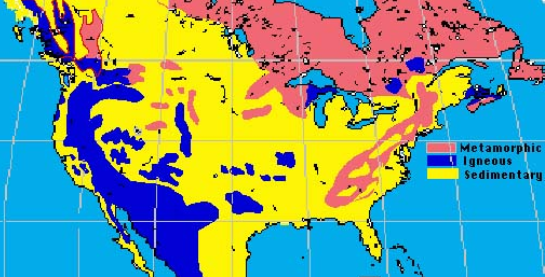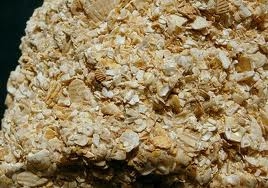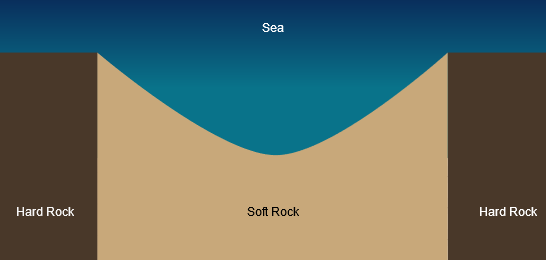NOTE: This is an earthcache, there is no physical container to find at the coordinates. To get your smiley for the cache you will need to e-mail your answers to the questions below to the cache owner. This earthcache is located in the Rotary Park at Suntree. The Rotary Park at Suntree is open from 7:00 a.m. until dark.
The three main rock type classifications are Igneous, Sedimentary, and Metamorphic. Rocks are classified into these three groups by the way they were formed. Rocks that are formed from magma are called igneous rocks. Igneous comes from the Latin word ignis which also means "fire". Rocks that are formed from heat and pressure are named metamorphic rocks. Rocks that are formed from the cementing together of small pieces of rocks or shells are named sedimentary rocks. The majority of the surface rocks in the United States are sedimentary. The mountain ranges of the west and southwest are made of igneous rocks. The Appalachian mountain range of the east are metamorphic.

During much of Florida's geologic history, the state was covered by the ocean. Due to this, most of the surface of Florida is covered by sediment (loose mineral particles, such as quartz sand) and sedimentary rocks. Igneous and metamorphic rocks do not occur naturally at the surface of Florida, but are found in deep wells reaching from 3,500 feet to deeper than 18,670 feet below land surface. Knowing about the elevation and position of Florida it comes as no surprise that the most common type of rock in Florida is sedimentary rock. Florida's sedimentary rock is made of fine mineral particles and shells that have been cemented together over many years.
In Florida there are 2 main types of sedimentary rock:
1) Coquina
2) Limestone.
Coquina- Sedimentary rough rock composed of small shells, coral, and fossils which have been cemented together by calcite. Coquina was formed about 1.8 million years ago and is found along the East Coast of Florida. The word “coquina” means tiny shell in Spanish.

Limestone- Sedimentary rock composed of calcite particles formed by marine organisms that build up large reefs in the ocean. Limestone is usually white or gray in color with a smooth texture.

Why rocks ROCK:
With all the water in Florida, river erosion can be a problem. River erosion is the gradual removal of rock material from the banks and bed over time. River erosion occurs mostly in places where the water flows faster. Rocks located along the bank of rivers, especially hard rocks, act as natural barriers and can be used to slow down river erosion.

Now it’s time for the application part of the cache. When answering the questions do your best. It is more important that you learn a new concept about our earth and can apply your knowledge, rather than have a precise answer.
Answer the following questions standing at the cache icon coordinates.
1- While standing at the icon coordinates look at the rock formation below your feet. From the descriptions above what kind of rock would you say it is?
2- What is your reasoning for your answer?
3- Measure the rock barrier from the icon coordinates to where you see it end in the river (water clarity will change depending on the time of year, do the best you can). What is the width in feet of the rock barrier?
4- Do you think this particular barrier helps slow river erosion? Why?
Thank you for visiting this earthcache. Please send your answers to the above questions to the cache owner. In your "found it" log feel free to write about your experience, but don't include the earthcache answers. Thanks and we hope you enjoy the beautiful Rotary Park at Suntree!
CONGRATULATIONS TO EXPLORER290 FTF!!!
Sources:
http://volcano.oregonstate.edu/book/export/html/196
https://en.wikipedia.org/wiki/Coquina
https://en.wikipedia.org/wiki/Limestone
https://en.wikipedia.org/wiki/Geology_of_Florida
http://www.kidsgeo.com/geology-for-kids/
http://academic.emporia.edu/aberjame/student/barr1/report.htm
https://geographyas.info/coasts/coastal-erosion/
Proud Supporters Of
